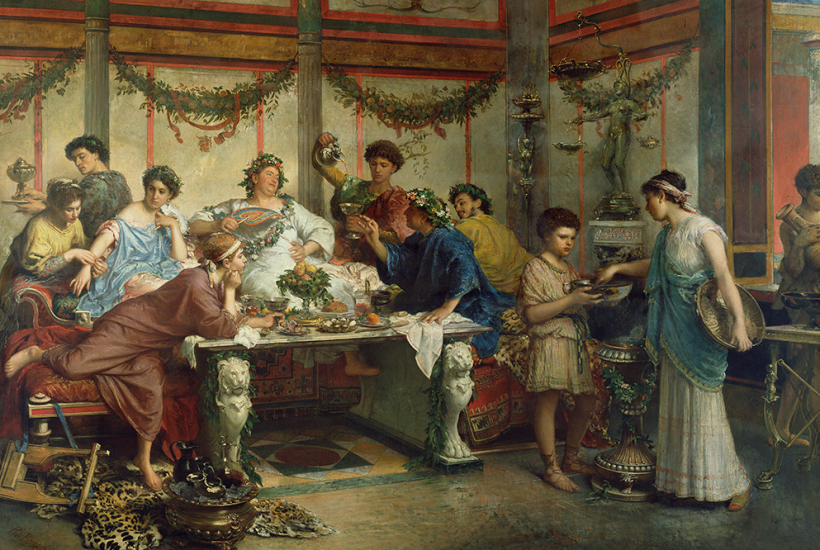At this time of year the Romans, too, enjoyed a celebration, called the Saturnalia. It was a time of licence, the one day when slaves were free to eat, drink and be merry, and be served by their owners. One wonders what part such role-reversal played in Vedius Pollio’s villa on the Bay of Naples with its pond full of man-eating lampreys.
Already a subscriber? Log in
Subscribe for just $2 a week
Try a month of The Spectator Australia absolutely free and without commitment. Not only that but – if you choose to continue – you’ll pay just $2 a week for your first year.
- Unlimited access to spectator.com.au and app
- The weekly edition on the Spectator Australia app
- Spectator podcasts and newsletters
- Full access to spectator.co.uk
Or
Unlock this article
You might disagree with half of it, but you’ll enjoy reading all of it. Try your first month for free, then just $2 a week for the remainder of your first year.








Comments
Don't miss out
Join the conversation with other Spectator Australia readers. Subscribe to leave a comment.
SUBSCRIBEAlready a subscriber? Log in